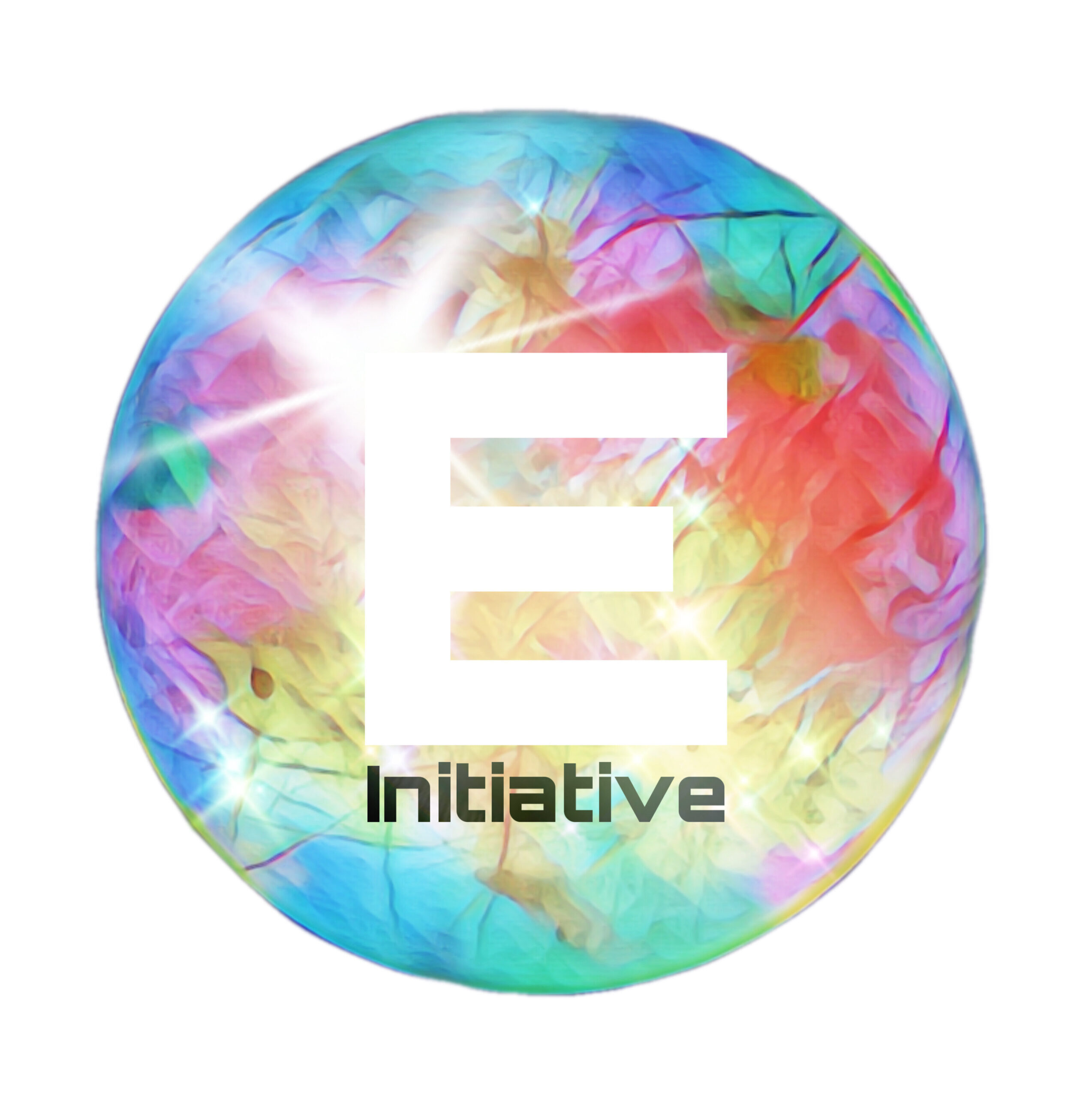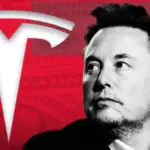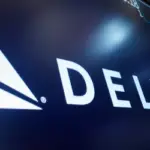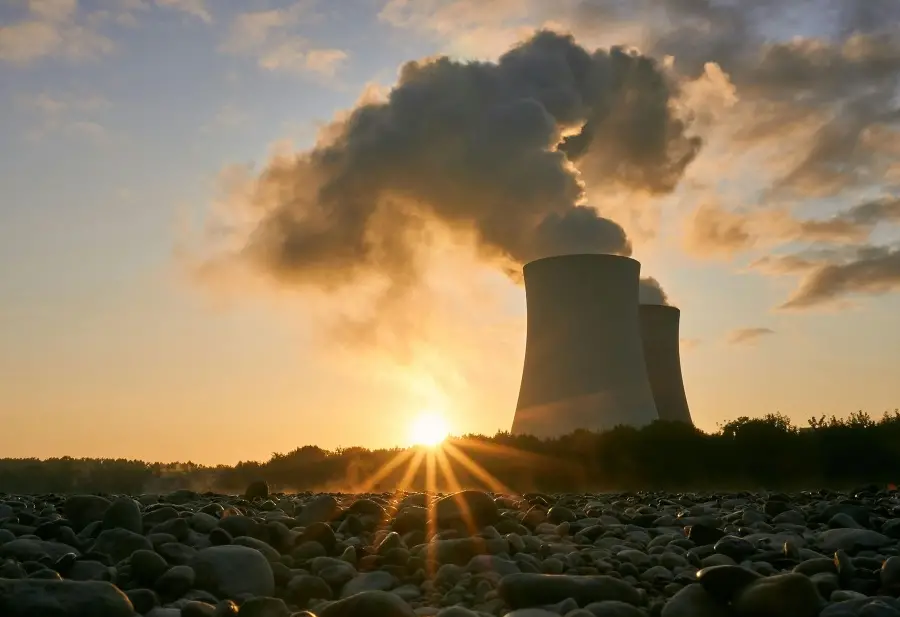Global grid technology involves integrating renewable energy sources, like wind power, into the electrical grid. This requires advanced infrastructure and smart technologies to ensure stability, efficiency, and reliability. Wind turbines convert kinetic energy from wind into electrical energy. They come in two primary types: onshore and offshore wind turbines. Both types have distinct characteristics, advantages, and challenges.
The industrial automation and wind turbine markets are advancing rapidly with technological innovations and increasing demand for sustainable solutions. Onshore and offshore wind technologies, supported by robust global grid infrastructure, play a critical role in the transition to renewable energy. Understanding the differences, key players, and technological advancements in these fields is essential for stakeholders aiming to invest in or adopt these technologies.
Here’s a comparison of the different offerings in the market across the major players:
| Company | Onshore Technology | Onshore MW Generation | Onshore ROM Costs | Offshore Technology | Offshore MW Generation | Offshore ROM Costs |
|---|---|---|---|---|---|---|
| Vestas | Advanced blade designs for variable wind | 2 MW – 6 MW | $1.3 million/MW | N/A | N/A | N/A |
| GE Renewable | Cypress platform, digital solutions | 2.3 MW – 5.3 MW | $1.2 million/MW | Haliade-X (also used for offshore) | 12 MW | $3-4 million/MW |
| Siemens Gamesa | SG 4.5-145, low wind optimization | 2 MW – 4.5 MW | $1.4 million/MW | SG 11.0-200 DD, high capacity | 11 MW | $3-4 million/MW |
| MHI Vestas | N/A | N/A | N/A | V174-9.5 MW, advanced composite materials | 9.5 MW | $3-3.5 million/MW |
| Ørsted | N/A | N/A | N/A | Comprehensive wind farm solutions | 8 MW – 15 MW | $3.5-4.5 million/MW |
If you are deciding between an on-shore or off-shore options, here are some of the variables to conside:
Onshore Wind Turbines
- Location: Installed on land.
- Advantages:
- Easier to install and maintain.
- Lower installation costs compared to offshore.
- Accessibility to existing infrastructure.
- Challenges:
- Limited by land availability and proximity to populated areas.
- Visual and noise impact concerns.
- Variable wind speeds influenced by terrain.
Offshore Wind Turbines
- Location: Installed in bodies of water, usually on continental shelves.
- Advantages:
- Higher and more consistent wind speeds.
- Less visual and noise impact.
- Potential for larger turbines.
- Challenges:
- Higher installation and maintenance costs.
- Requires specialized vessels and equipment for installation and maintenance.
- Environmental and regulatory hurdles.
Here’s a broader overview of the global grid market:
Key Components
- Smart Grids:
- Technology: Integrates digital communication technologies to manage electricity demand and supply.
- Advantages: Enhanced grid reliability, reduced energy losses, better integration of renewables.
- Challenges: High initial costs, cybersecurity concerns.
- HVDC (High Voltage Direct Current) Transmission:
- Technology: Used for long-distance, high-efficiency power transmission.
- Advantages: Lower energy losses over long distances, ideal for connecting offshore wind farms to the grid.
- Challenges: Expensive to install, requires converter stations.
- Energy Storage Solutions:
- Technology: Batteries, pumped hydro storage, and other systems to store excess energy.
- Advantages: Balances supply and demand, ensures consistent power availability.
- Challenges: High costs, limited capacity for long-term storage.
- Microgrids:
- Technology: Localized grids that can operate independently or in conjunction with the main grid.
- Advantages: Enhances resilience, especially in remote or disaster-prone areas.
- Challenges: Integration with main grid, regulatory hurdles.
Future Trends
- Integration of AI and Machine Learning:
- Predictive maintenance for wind turbines.
- Optimizing energy distribution and grid management.
- Decentralization:
- More localized power generation and consumption.
- Increased use of microgrids and local energy markets.
- Policy and Regulation:
- Supportive policies for renewable integration.
- Incentives for grid modernization and energy storage adoption.
If you would like to learn more, book a consultation at Book Online | Europa (the-europa-initiative.org)








